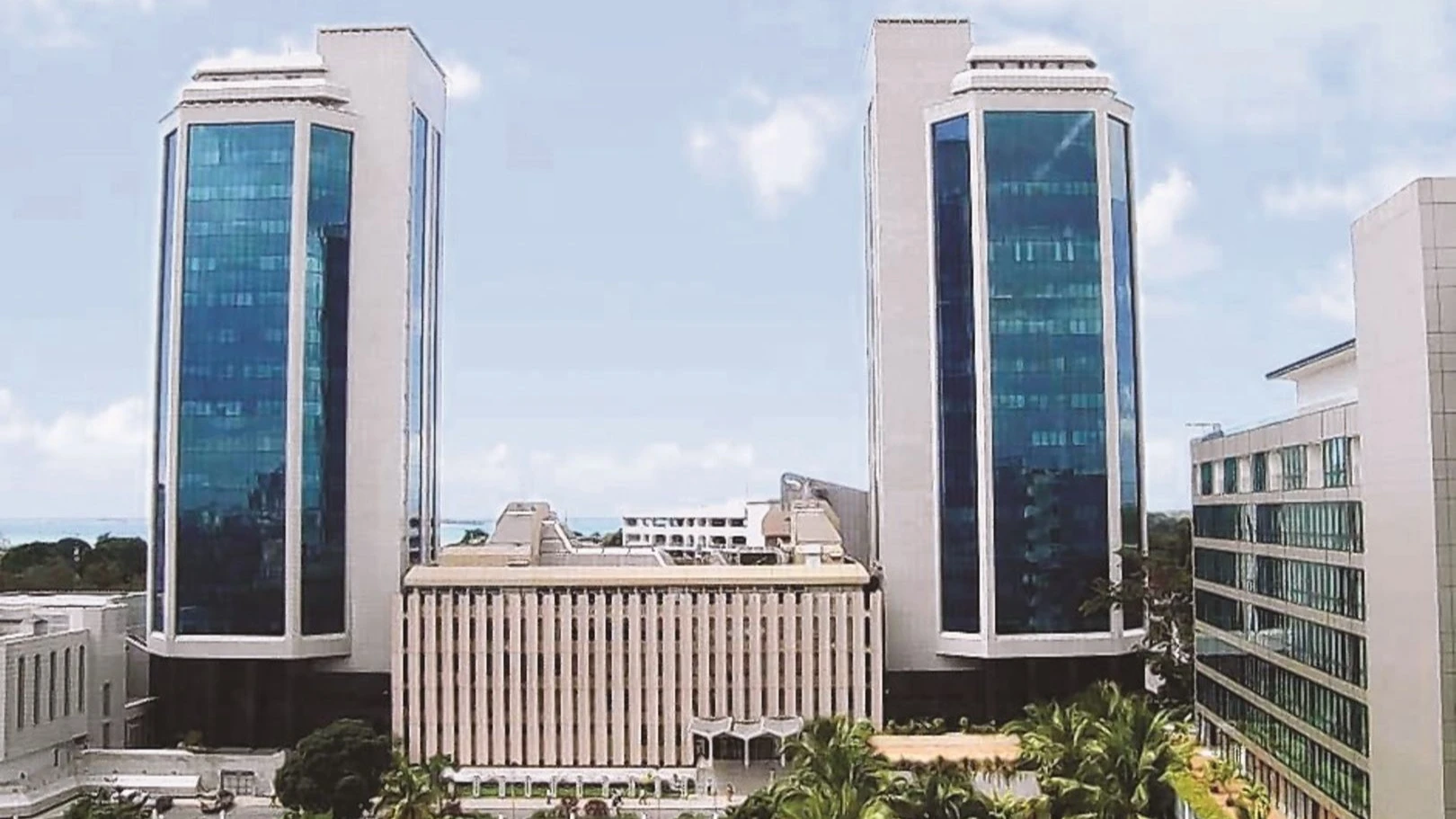

In 2024, East African nations have demonstrated significant progress in diversifying their economies, with exports playing a pivotal role in driving growth across the region. A combination of traditional commodities and value-added products has reshaped the trade landscape, prompting countries to redefine their positions in the global marketplace.
Uganda has solidified its status as a leading coffee exporter, with revenues surpassing $1.2 billion this year. Enhanced farming practices and government-backed certification programs have improved coffee quality, boosting demand in Europe and Asia. Support for cooperatives has enabled smallholder farmers to secure better prices and access international markets.
Kenya, recognized as a regional tech hub, has effectively integrated digital solutions into its agricultural exports. The horticulture industry, particularly in flowers and fresh vegetables, generated $1.8 billion in export revenue in 2024. E-commerce platforms and blockchain technologies have been employed to enhance supply chain transparency and quality, appealing to European buyers.
Tanzania’s mineral sector has experienced a resurgence, with gold exports exceeding $3.2 billion in 2024. Government reforms, including streamlined licensing processes and reduced taxation, have attracted both local and international investors. Additionally, Tanzania is exploring rare earth minerals, essential for the global green energy transition, positioning itself as a strategic supplier in this emerging market.
Rwanda continues to make significant strides with its niche exports. The burgeoning textile and garment industry, supported by incentives for local entrepreneurs, generated $450 million this year. Rwanda’s emphasis on sustainable practices has earned it a reputation for high-quality, eco-friendly products, with increasing demand from North America and Europe.
Despite challenges, South Sudan has stabilized its oil exports, which remain the primary revenue source at $1.6 billion. A renewed focus on agriculture is yielding results, with government collaboration with international partners leading to improvements in irrigation systems and storage facilities, enabling farmers to increase yields and access regional markets.
East African Community (EAC) countries are increasingly leveraging regional trade agreements to reduce barriers and foster collaboration. The COMESA-EAC-SADC Tripartite Free Trade Area (TFTA) Agreement, which came into force on July 25, 2024, aims to enhance market access and harmonize policies among member states, further boosting intra-African trade.
While each country faces unique challenges, including political instability and climate change, their commitment to economic diversification is evident. Continued investment in infrastructure, technology, and sustainable practices is strengthening East Africa’s position as a vibrant and competitive player in the global economy.


